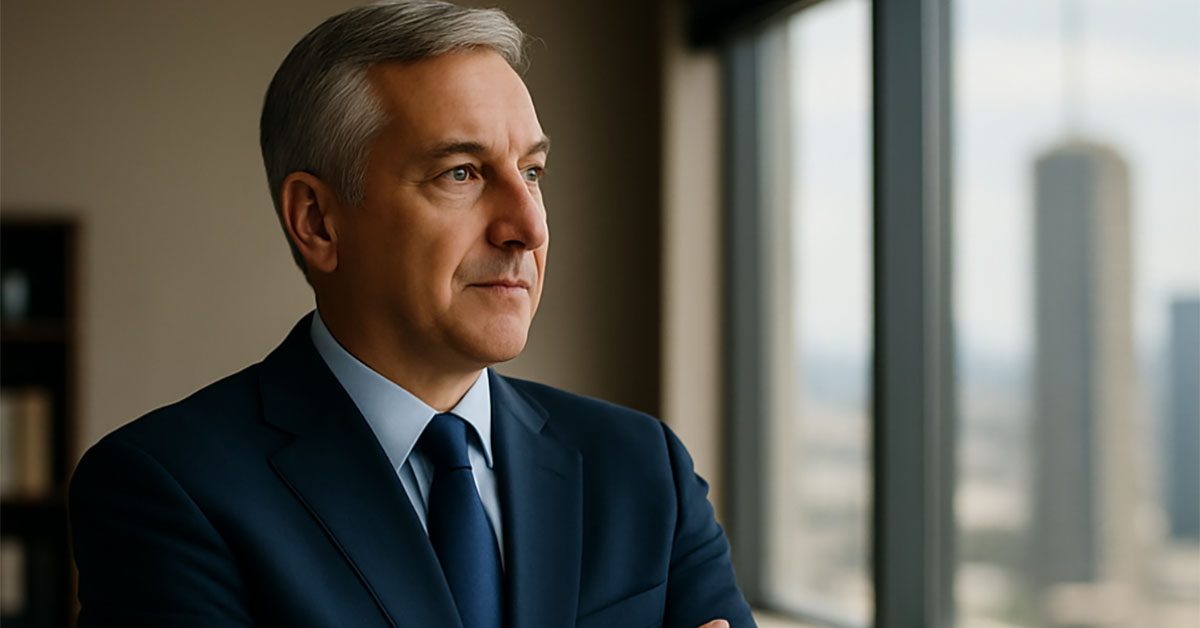In case you missed it: Artificial intelligence isn’t just coming for your inbox. It’s coming for your job.
Last year, we examined the intelligent machines infiltrating the financial planning profession. And while they still haven’t figured out how to drink coffee or pretend to understand clients’ vacation slideshows, they’ve become eerily good at many things we once considered our domain—portfolio modeling, tax optimization, market alerts, even crafting emails that sound like a reasonably friendly advisor who had one too many compliance seminars.
But here’s the latest plot twist: the rise of AI doesn’t just change what advisors do—it changes what clients expect. They’ve grown accustomed to speed, precision, and access. If a robot can pull their retirement projection in 11 seconds, you’d better not take two weeks to follow up with a PDF. And if that robot offers 24/7 updates, clients might start to wonder why their “personal advisor” ghosted them for a long weekend.
So let’s get real. No one advisor can do it all anymore. The age of the solo superhero is over.
Today’s most successful advisory firms aren’t led by a lone genius in a corner office—they’re powered by collaborative teams who combine human empathy, diverse expertise, and now, the speed and scalability of AI.
Welcome to the era of team synergy. And not just any team—the kind that makes you look less like a tired solo act and more like a modern multi-family office without the overhead of marble floors or private jets.
The old model of one advisor wearing seventeen hats—tax planner, estate expert, investment manager, insurance strategist, and emotional support animal—isn’t just exhausting. It’s unsustainable. And in the worst cases, it’s setting clients up for failure.
When high-net-worth or complexity-heavy clients work with solo advisors, here’s what tends to happen: missed opportunities, patchwork plans, and a whole lot of “let me refer you to someone else” moments that erode trust and momentum. And let’s not forget what it does to the advisor: burnout, capacity bottlenecks, and the creeping dread of becoming irrelevant.
Clients today are too savvy—and their needs too complex—for generic advice. They expect advisors who can handle the intersection of tax, estate, business exit, philanthropy, and family dynamics. However, unless you’ve discovered a way to download 50,000 hours of subject matter expertise into your brain (or you’re ChatGPT), you’ll need a team.
And not just a team that shares an office lease and a holiday party. A team with complementary expertise, clearly defined roles, and a unified philosophy of what great advice looks like. Think of a family office without the $ 50 million minimum. Think collaborative, not competitive. Think from me to we.
The truth is, AI is spectacular at the tasks that used to eat up your calendar. It can segment clients, calculate risk tolerances, rebalance portfolios, send birthday reminders, and even generate a decent first draft of your quarterly market commentary. But here’s what it still can’t do: mediate a tense family conversation about a second marriage. Sense fear behind a client’s silence. Or pick up the phone to say, “I was thinking about you.”
That’s your job. That’s your team’s job.
This is where the synergy kicks in. When AI handles the logistics, your team is free to focus on the things that machines can’t: creative problem-solving, values alignment, and building trust. The humans do the feeling, the guiding, and the adapting. The robots handle the sorting, calculation, and reminders.
However, none of this works unless your team has a clear structure. That means having planners, tax experts, estate strategists, and client relationship leads who know where their lane begins and ends—but also know how to collaborate across them. It means investing in training, not just tech. It means compensation systems that reward teamwork, rather than client hoarding. And most importantly, it means a shared purpose: serving the client not just as a household balance sheet, but as a whole human being.
Now, for those wondering how to make the leap from solo practitioner to “I’ve got a whole squad,” there’s good news. You don’t necessarily need to build a family office from scratch—or lease a WeWork filled with experts. Today, some platforms and partnerships enable solo or boutique advisors to integrate with multi-family office infrastructure. You get the team, the tools, and the credibility without the overhead. It’s not just scale—it’s smart scale.
Because make no mistake: the robots are coming. But so is opportunity. And the future doesn’t belong to the lone-wolf advisor, brilliant but buried in admin. It belongs to the teams that harness tech and humanity to deliver deeper value.
In this new landscape, the winning formula isn’t just AI + advisor. It’s AI-powered, aligned, and collaborative client-centered advisor teams.
The future of financial advice won’t be won by the smartest individual in the room. It will be won by the most innovative teams, working in synergy, powered by purpose—and yes, a little help from the machines.



















